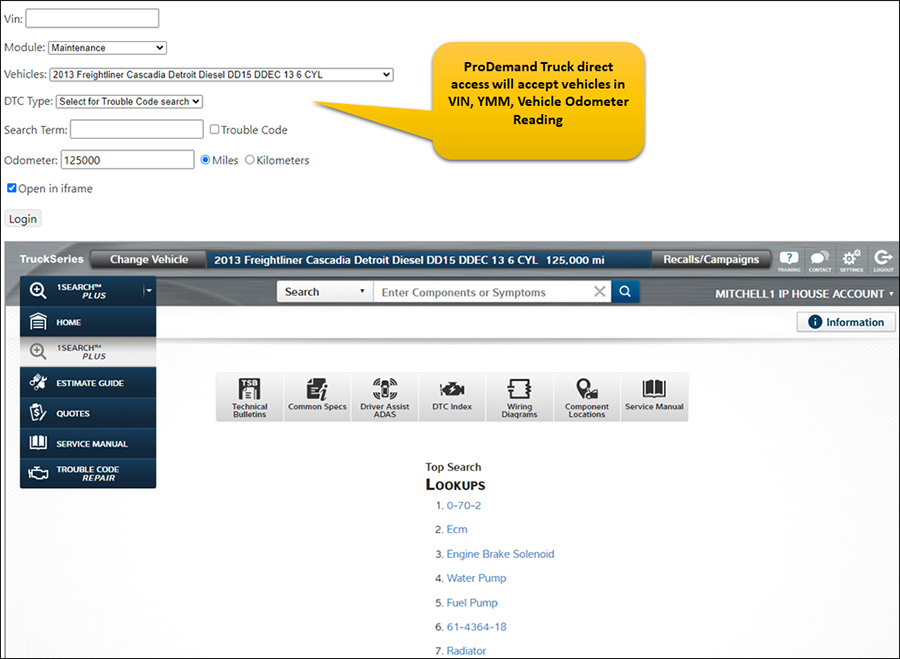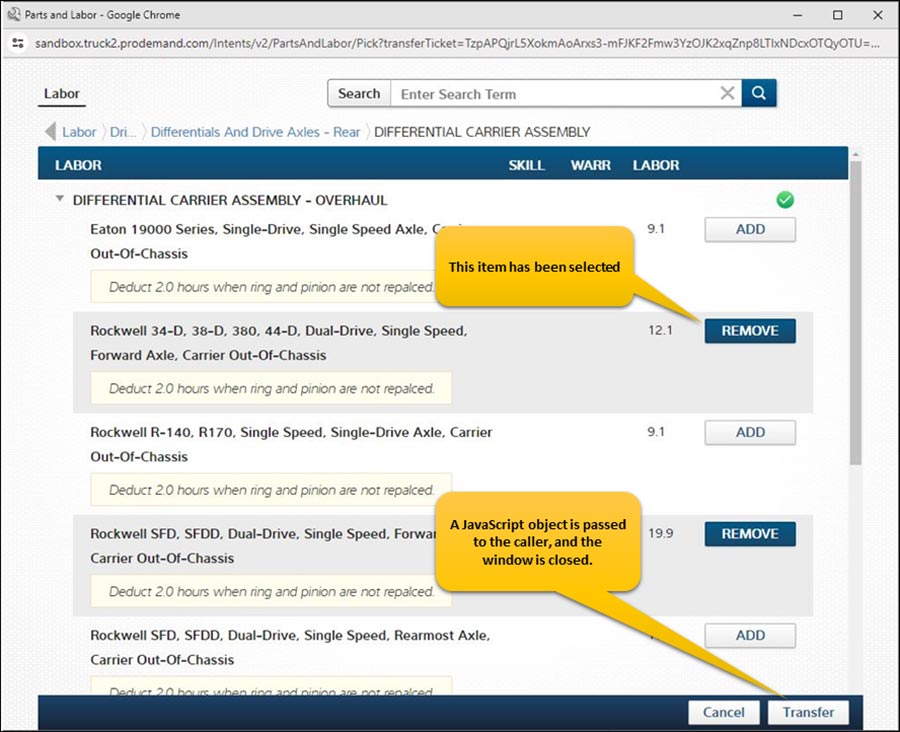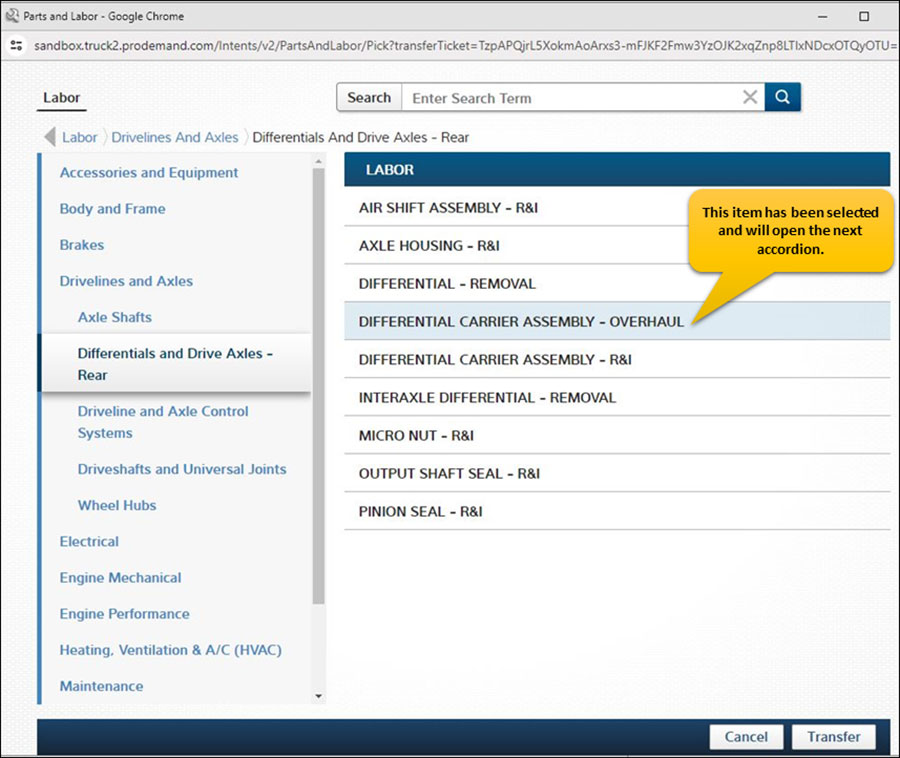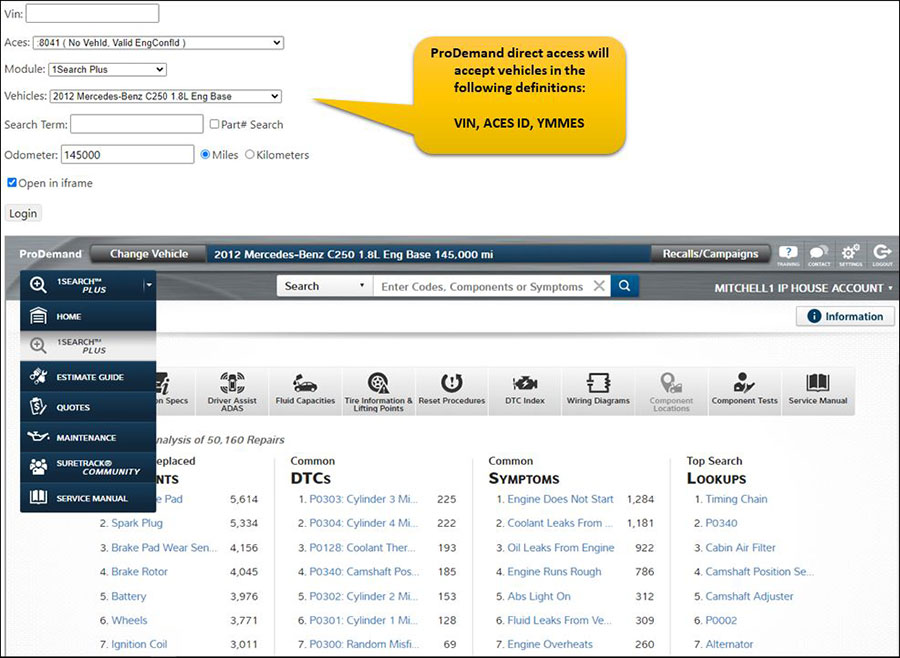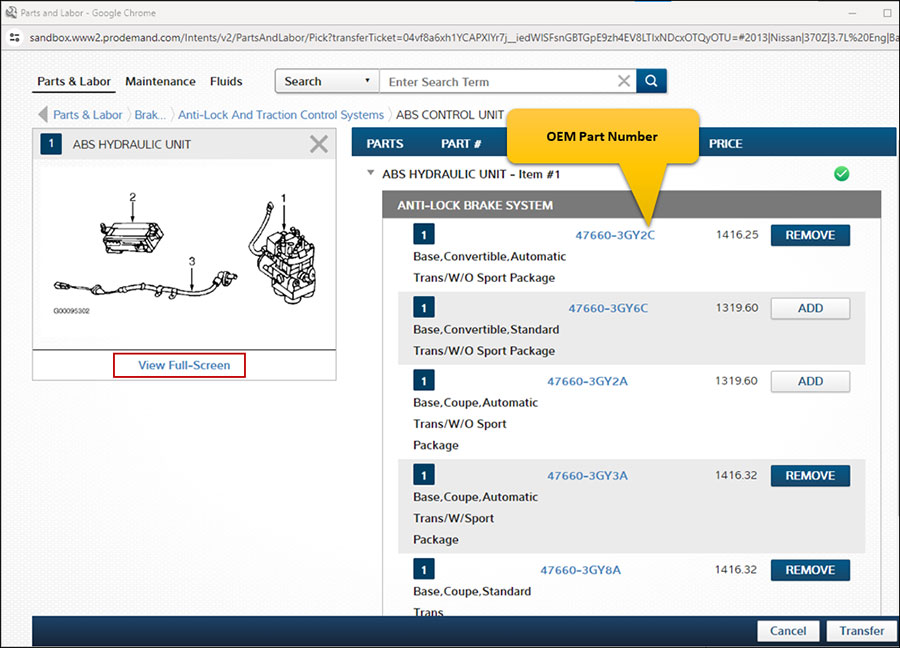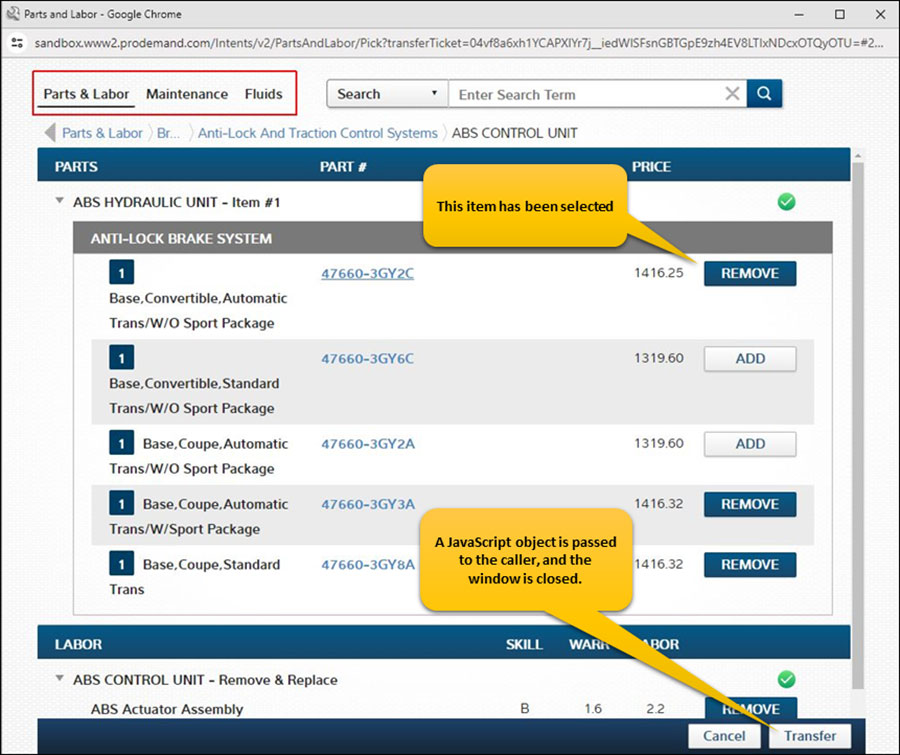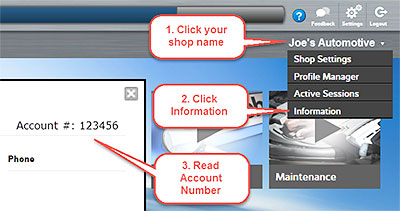The aftermarket is all abuzz about electrification and BEVs – battery electric vehicles. Because of that buzz we recently sponsored a free webinar with PTEN Magazine on the topic: “The Electrification of Vehicles: Roadmap to the Electric Car.” Ben, Johnson, director of product management for Mitchell 1, was the presenter and dove into the current state and future of the auto industry and shared insights into the complexities of repairing and maintaining electric vehicles.

Ben, Johnson, director of product management for Mitchell 1
The following are some of the post-webinar questions from attendees and the answers provided by Ben. If you’d like to hear the full presentation, CLICK HERE to view the webinar recording (you’ll be asked to complete a brief form to access the recording on the PTEN website)
Enjoy!
Question 1: Will parts become more exclusive to OEM dealerships with the increasing inclusion of BEVs?
Answer: There is still a lot to be discussed regarding this issue, but items such as the fundamentals (e.g. brakes, suspension, HVAC and electrified components) should be reproducible by traditional aftermarket companies. However, many of the electric components are “programmed” to operate with characteristics specific to the vehicle model they’re installed in, and that’s where the issues arise.
Aftermarket companies might be able to reproduce the mechanical part(s); the intellectual property of the code that runs in it is in debate right now. Most automakers’ positions are that they developed that software so they have exclusive rights to it. There have already been quite a number of lawsuits against aftermarket companies that have “hacked” codes to install on their aftermarket components.
The arguing side says that historically a user has perpetual license to use code on their installed device. For example, with consumer electronics if you have a personal computer with Windows 10 as the operating system, you can transfer that same operating system to a newer computer and still be considered “legal” as long as you were to destroy the old computer (one operating system for one computer). Using that logic it would indicate if I replaced a power window switch on my car with an aftermarket part and transferred the operating system to that switch, it would be perfectly fine as long as the old switch was no longer being used.
Another challenge will be that parts companies are going to want/need to determine the actual life expectancy of said components. At this moment, I am not sure there is enough data out there to predict the average life of an electric HVAC compressor, for example. These companies invest a lot in tooling, research and manufacturing so I suspect it will take some time for the aftermarket to determine which parts they will carry and which they’ll cede to the dealership.
Ultimately, “time will tell.” However, if history is a good teacher, it would tell us the aftermarket WILL respond and be quite viable with parts as they can ramp up for these vehicles. In the meantime I suspect for a while it will be pretty dealer-centric until there are enough BEVs on the road to warrant the investments required.
Question 2: What are some of the common product categories that will need to be serviced or replaced on electric vehicles?
Answer: For BEVs and traditional internal combustion engines, the major systems such as brakes, tires, HVAC etc. are still the most common service/replacement issues. Along with suspension components, new complex transmissions, CV joints and boots etc. will also be interesting to monitor, as the torque curve of these vehicles is completely different from what we’re used to.
In addition, some of these systems are more complex, such as the electric HVAC reverse-cycle systems which now use variable speed scroll compressors running sometimes at over 300 volts and which are needed to enable fast charging so the battery packs don’t overheat. So it’s quite obvious that even if the electric drive train is pretty reliable, there will be plenty of items to replace and maintain.
Question 3: Do you need a new version of smoke tester to test these BEV systems?
Answer: At this moment I am not aware of any new smoke tester requirements, but those systems are still ever-evolving. I do expect, however, that there are new testing procedures and processes to exercise the new components of that system so the smoke tester can be accurately utilized.
I would refer you to the factory service information (which is found in our ProDemand auto repair information product) for specific models and requirements. Make sure to pay extra attention to the Technical Service Bulletins as well since those tests are continually being refined as the vehicle manufacturers modify their procedures.
Question 4: What does the future look like for battery disposal?
Answer: One of the things of great concern is how we deal with the looming issue of disposal of these batteries. I’m not sure I’ve seen a great answer to that yet. Adding to my concern is who is going to want to buy these vehicles as a second, third or even fourth owner after they have 100,000 or more miles on them?
Most people who purchase used vehicles buy them because they can’t afford new, and they’re certainly not going to be in a position to replace a several thousand dollar battery or invest in the charging station at their home.
These are some of the many outstanding issues I believe that still need to be worked out before these vehicles are truly viable. If the vehicle does not end up being resold, then in addition to battery disposal, also think about the scrappage in general as our historic 12 year old average vehicle age could slip rapidly. Unfortunately, only time will tell us the answer.
If you’d like to hear all of Ben’s insights about electric vehicles, click to view the full webinar: The Electrification of Vehicles: Roadmap to the Electric Car
Want to learn more about ProDemand?
Request a FREE DEMO!
